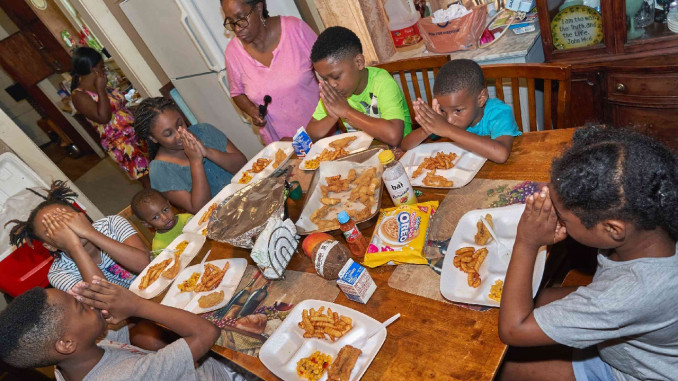
In news that drew statements of surprise from liberal news outlets, a new report from the U.S. Census Bureau announced last week that child poverty had more than doubled between 2021 to 2022, going from a rate of 5.2% in 2021 to 12.4% in 2022. That means that at least 12 of every 100 children lives below the income level that the federal government sets to define poverty (even though that number – about $25,000 for a family of four – is already absurdly low).
This news shouldn’t have been a surprise. The only reason child poverty fell below 10% at all a few years back was because of the massive infusions of federal aid to nearly all families during the pandemic, including stimulus payments, increased unemployment benefits, expanded child tax credits, nutritional assistance programs, and even the expansion of Medicaid. Once states and now the federal government withdrew this support, poverty among families and particularly among children shot back up. That temporarily low child poverty rate wasn’t because the economy was good, or because workers were doing better or anything like that. It was simply because of a massive infusion of federal money to help millions survive the pandemic. This infusion masked the true conditions.
In fact, child poverty has always been a major problem in the United States. Throughout most of this nation’s history, and especially since statistics have been kept, child poverty has been at least 20%, often significantly higher, particularly for Black and Hispanic children.
Which brings us to the larger question: why, in what is by many measures the richest nation in human history, are millions of children allowed to live impoverished lives? Why are so many workers so heavily exploited and paid so little for their exploitation that their children pay the price? Why do some children grow up with every wish granted, while others go to bed hungry and go without even basic necessities?
If we ask ourselves these larger questions, we need to look at the larger system.




